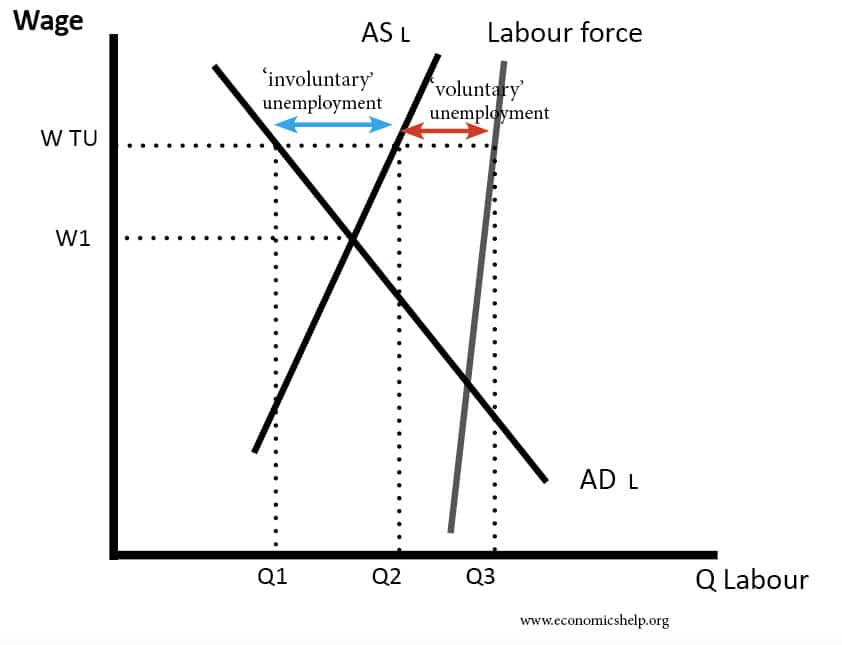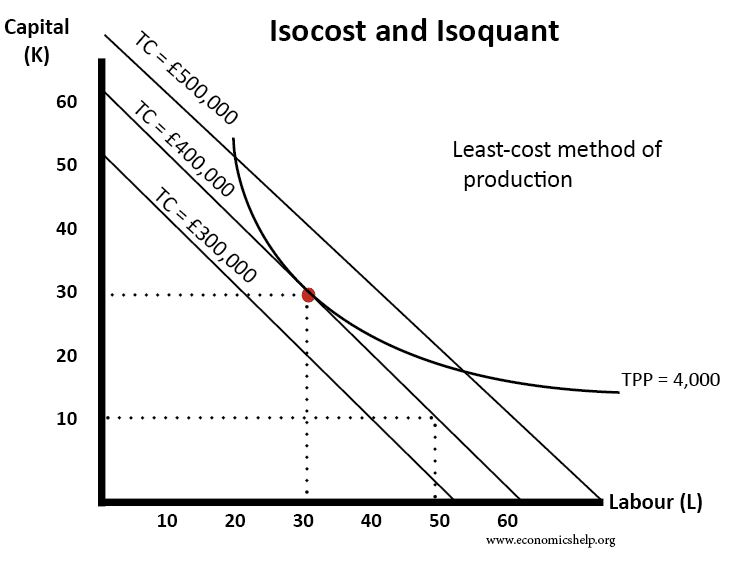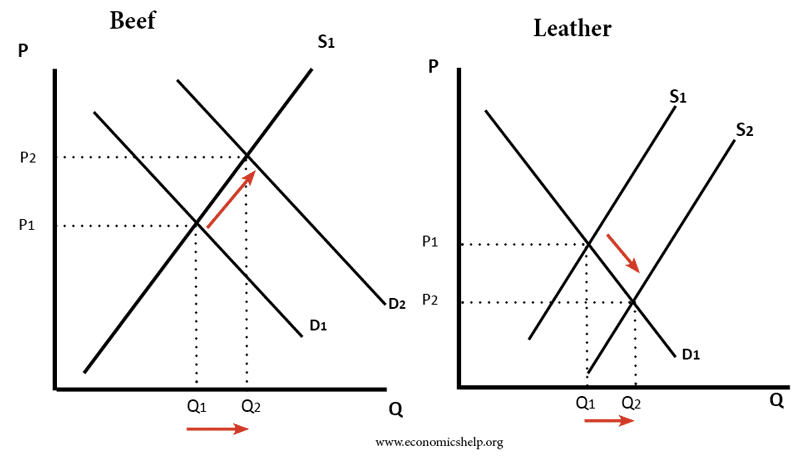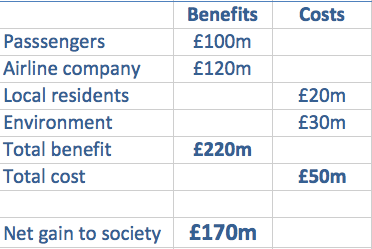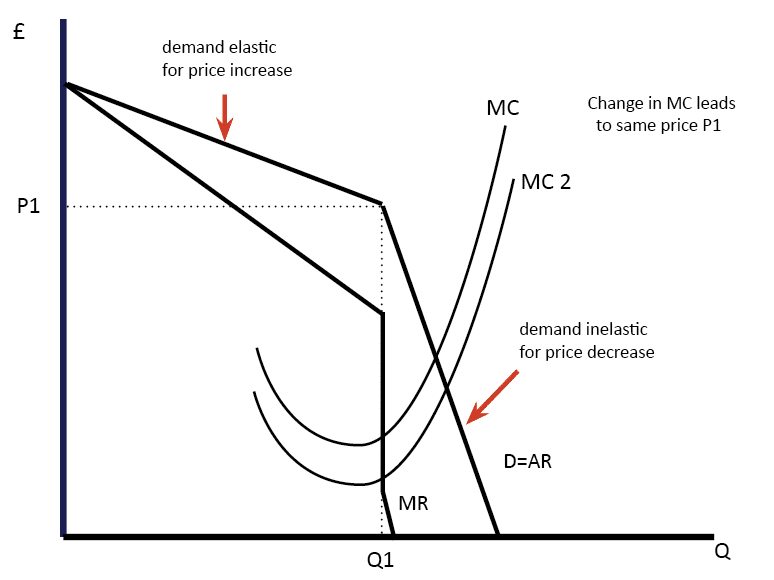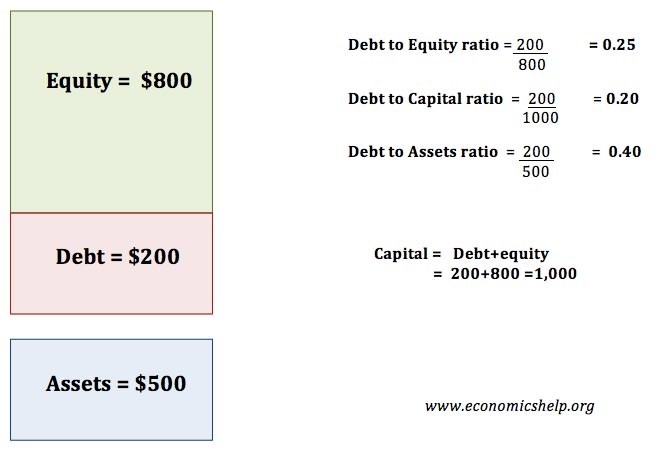Intertemporal equilibrium explained
Intertemporal equilibrium is a concept which states economic agents make decisions taking into account the present and future time periods. At a particular point in time an economy may not be in equilibrium because individuals do not just decide based on the current situation, but also take into account for what may happen in the …

